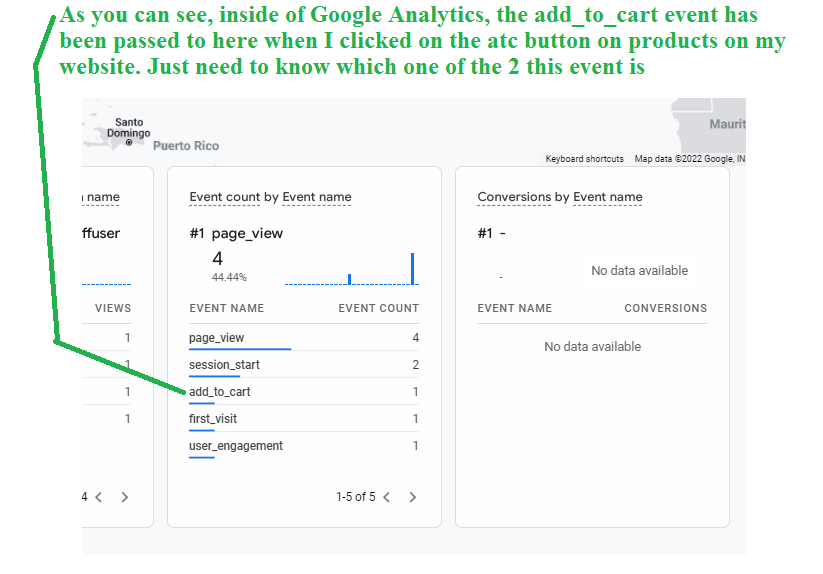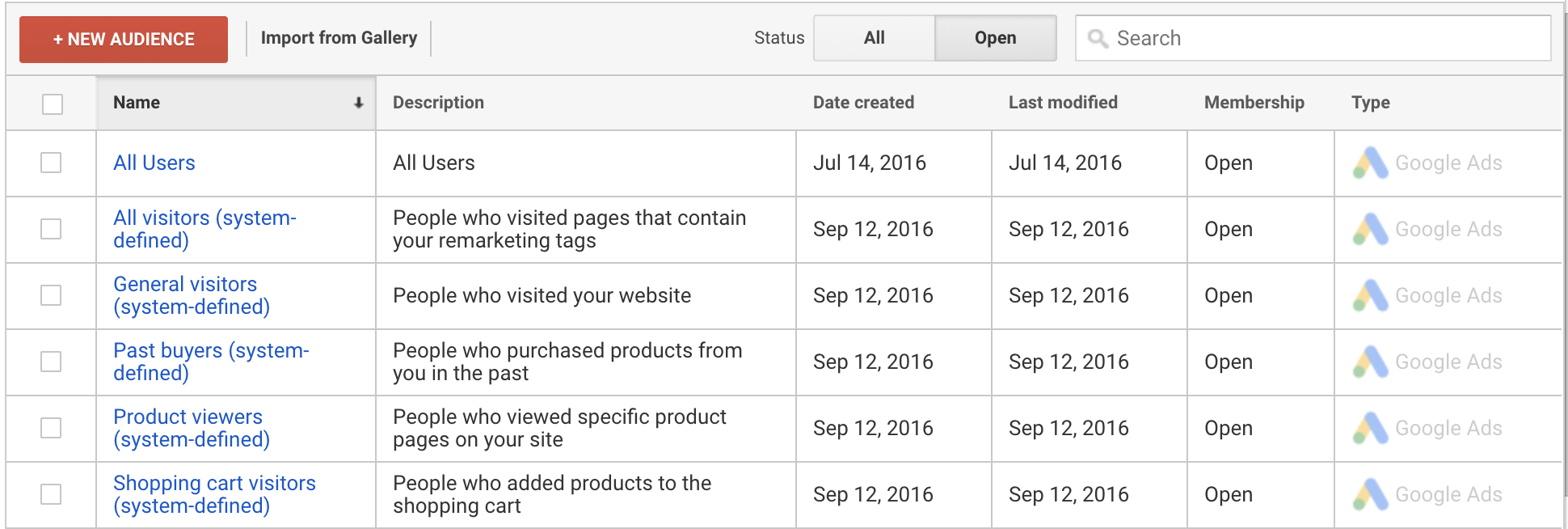Using Remarketing in Google Analytics: A Comprehensive Overview
Harnessing remarketing in Google Analytics offers businesses a calculated side in reaching out to prospective consumers. The ability to target individuals that have actually already interacted with your site presents an unique possibility for customized advertising and marketing initiatives. By comprehending how to craft target market lists and deploy them properly, businesses can substantially improve their conversion prices. The details of establishing up and enhancing remarketing projects call for an extensive understanding of target market segmentation and efficiency evaluation. This guide will certainly lose light on the crucial actions associated with taking advantage of the complete possibility of remarketing in Google Analytics, leading to boosted marketing outcomes.
Comprehending Remarketing in Google Analytics
Remarketing in Google Analytics allows organizations to strategically target customers that have previously communicated with their site or mobile application. By leveraging data from Google Analytics, services can develop personalized remarketing listings based on user actions, such as web pages seen, actions taken, or details objectives attained. This powerful device enables services to re-engage with users that have shown rate of interest in their services or products, ultimately increasing the possibility of conversion.
Recognizing the different kinds of remarketing strategies is essential for an effective campaign - What Is “Remarketing” In Google Analytics?. Google Analytics uses various choices, consisting of conventional remarketing, vibrant remarketing, and remarketing lists for search advertisements (RLSA) Each kind offers an unique purpose and can be customized to meet specific advertising objectives
Additionally, examining the efficiency of remarketing campaigns is vital for maximizing results. Google Analytics gives useful insights into the effectiveness of different remarketing techniques, enabling companies to make data-driven decisions and improve their targeting approach. By continually checking and adjusting remarketing efforts based on analytics data, organizations can maximize ROI and drive success in their advertising initiatives.
Establishing Remarketing Campaigns

After establishing target market lists, the following action is to link Google Analytics with Google Ads. By linking these 2 systems, organizations can perfectly move target market lists from Google Analytics to Google Advertisements for remarketing purposes. This integration enables even more specific targeting and better project performance.
As soon as the accounts are connected, companies can create remarketing campaigns in Google Advertisements utilizing the target market provides formerly defined in Google Analytics. These campaigns can be personalized with particular ad creatives, messaging, and bidding process approaches to efficiently re-engage with previous site visitors and drive conversions. By complying with these steps, companies can leverage the power of remarketing to enhance their marketing initiatives and raise ROI.
Using Target Market Division Techniques

Predefined segments in Google Analytics permit you to swiftly examine typical audience visite site classifications like brand-new individuals, returning users, or individuals that completed a details objective on your web site. Custom sectors, on the various other hand, allow you to develop distinct sectors based upon particular requirements that are vital to your business goals. Dynamic remarketing lists automatically readjust based upon individual actions, revealing customized ads to customers who have engaged with your website in particular methods.
Analyzing Remarketing Efficiency Metrics
Upon assessing the effectiveness of remarketing campaigns in Google Analytics, the analysis of vital efficiency metrics provides valuable insights into audience interaction and conversion prices. By delving right into metrics such as click-through prices (CTR), conversion prices, cost per acquisition (CPA), and return on advertisement invest (ROAS), marketers can assess the success of their remarketing efforts. CTR look at these guys shows the percentage of users that clicked the ad after watching it, showing the advertisement's importance and appeal. Conversion prices measure the percent of individuals who finished a wanted action, such as purchasing, after clicking on the ad. CPA exposes the ordinary expense incurred for each and every conversion, helping examine campaign productivity. ROAS, on the various other hand, evaluates the income produced for each dollar invested in marketing. Evaluating these metrics allows marketing professionals to enhance projects, fine-tune audience targeting, and assign spending plans properly to enhance total remarketing efficiency.
Enhancing Remarketing Techniques
When refining remarketing approaches in Google Analytics, concentrating on audience segmentation is vital for attaining project success. By separating our website your target market into specific segments based on their actions, demographics, or rate of interests, you can customize your advertisements extra effectively to every group. This targeted approach boosts the possibility of engaging users who have actually already revealed passion in your services or items, leading to greater conversion prices.
An additional important facet of optimizing remarketing techniques is continuously testing and refining your projects (What Is “Remarketing” In Google Analytics?). A/B testing different ad creatives, messaging, or deals can assist you identify what resonates ideal with your target market and drives one of the most conversions. By examining the performance of these tests in Google Analytics, you can make data-driven decisions to enhance your remarketing efforts additionally
Moreover, leveraging vibrant remarketing can dramatically improve your project results. This attribute allows you to reveal tailored ads to customers based upon their past interactions with your site, showcasing solutions or items they have previously checked out. By supplying customized web content to users based upon their passions and actions, dynamic remarketing can help boost involvement and drive conversions.
Final Thought
Finally, taking advantage of remarketing in Google Analytics is a tactical approach to target customers that have formerly engaged with a site. By creating customized audience lists and utilizing audience segmentation techniques, organizations can enhance remarketing advocate increased conversion prices. Evaluating efficiency metrics and constantly optimizing methods are vital for making the most of the performance of remarketing efforts.
Google Analytics provides various alternatives, consisting of common remarketing, vibrant remarketing, and remarketing listings for search ads (RLSA)After establishing up target market lists, the following action is to link Google Analytics with Google Advertisements. By linking these two platforms, organizations can effortlessly move audience lists from Google Analytics to Google Ads for remarketing functions.As soon as the accounts are linked, organizations can develop remarketing campaigns in Google Advertisements utilizing the audience details previously specified in Google Analytics.When refining remarketing approaches in Google Analytics, concentrating on audience segmentation is critical for attaining campaign success.